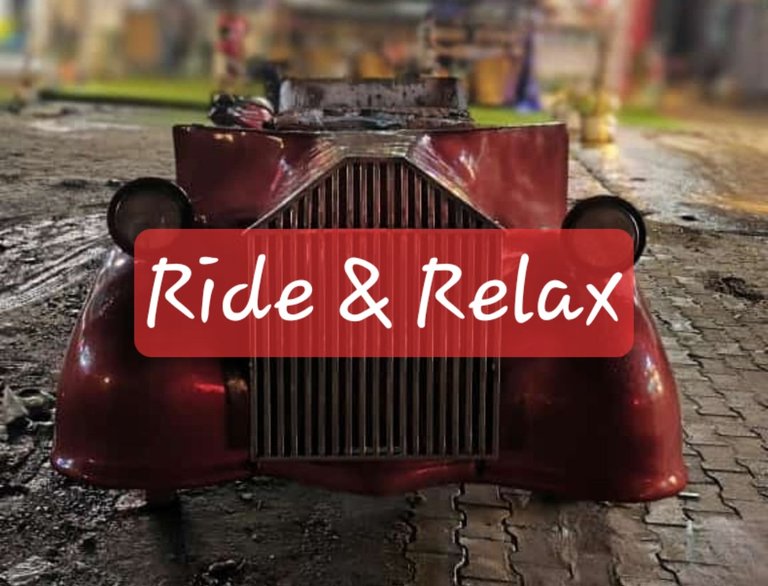In our country, Mumbai's local train service, also known as the Mumbai Suburban Railway, is one of the busiest commuter rail systems in the world, with 2.64 billion annual riders. It's also the first suburban rail network in India and part of the oldest railway network in Asia, established by the British East India Company in 1853. It is now the lifeline of the wealthiest state of Indis. Being a convenient mode of public transport , as it is accessible from 4 AM – 1 AM, and some run until 2:30 or 3 AM, with departures and arrivals no more than 5 minutes apart. The rail network is accessible to all, and commuters can travel over 70 kilometers for less than half a dollar. Sounds strange, but that is how the public transport system function in one of the biggest metropolitan city of India. This makes Mumbai, one of the riches state. The success is hugely depends upon the public transport system of the place.

(own edited image)
Public transportation system are called the lifelines of a country and its economy because they are essential for a country's development and economic growth. They facilitate the movement of people and goods, in a quick and faster mode, which are necessary for a variety of economic activities.
Transportation systems include roadways, railways, airways, and sea ways. The economic development of a country or region depends on the density of its transportation. However not every place are blessed to have a strong public transport system. Public transportation can have many issues, including:
Infrastructure : Poor infrastructure, such as inadequate bus stops or signalized intersections, can lead to delays, irregular service, and low quality.
Funding : Insufficient funding can contribute to poor public transportation.
Accessibility : If public transportation isn't accessible, people may be reluctant to use it.
Congestion : Traffic congestion can be caused by a growing population, lack of infrastructure, or ineffective traffic signal control.
Security : Insufficient security can make people uncomfortable using public transportation.
Other factors : Other factors that can contribute to poor public transportation include poor scheduling, unemployment, poverty, and ineffective law enforcement.
Unlocking new horizons
I have seen differrnt eras of surviving in a public transport system. From overcrowded busses and train to traffic congestion. Even if government take necessary steps to provide a smooth transport system, it may fall haywire due to various reasons. While I was Delhi, I made use of busses, they use to ply on different routes with affordable fare. Howe er the traffic congestion made people to look for differrnt alternative. The government inrdoces the Metro train services with advance es technology set up, but again you will find over crowded scene during rush hours. Now again, people opted for rental car services which again take a hit by traffic congestion on road. In my opinion here are some ways to improve public transportation systems:
1. Increase frequency: People want to be able to commute without changing their daily routine, so increasing the frequency of service can help accommodate their schedules.
2. Use new technologies and apps: Smart transportation can help improve efficiency, reduce costs, and speed up social and economic development.
3. Integrate cycling and walking infrastructure: Consider incorporating these into public transportation planning.
4. Prioritize transit-oriented development: This can help make public transportation a more attractive option.
5. Prioritize safety: An unsafe system will discourage people from using public transportation.
6. Manage traffic: Proper traffic management can reduce fuel consumption and emissions, which can improve air quality and reduce the environmental impact of transportation.
7. Improve data collection: This can help users avoid busy buses and trains.
It is important for public to realize the importance of public transport system. Public transportation can be made more convenient through a combination of infrastructure improvements, user-friendly technology, and incentives. Public transport can be cheaper and more environmentally friendly than owning and operating a car, and it can help reduce congestion in cities.
Peace!!
Namaste @steemflow
Posted Using InLeo Alpha




